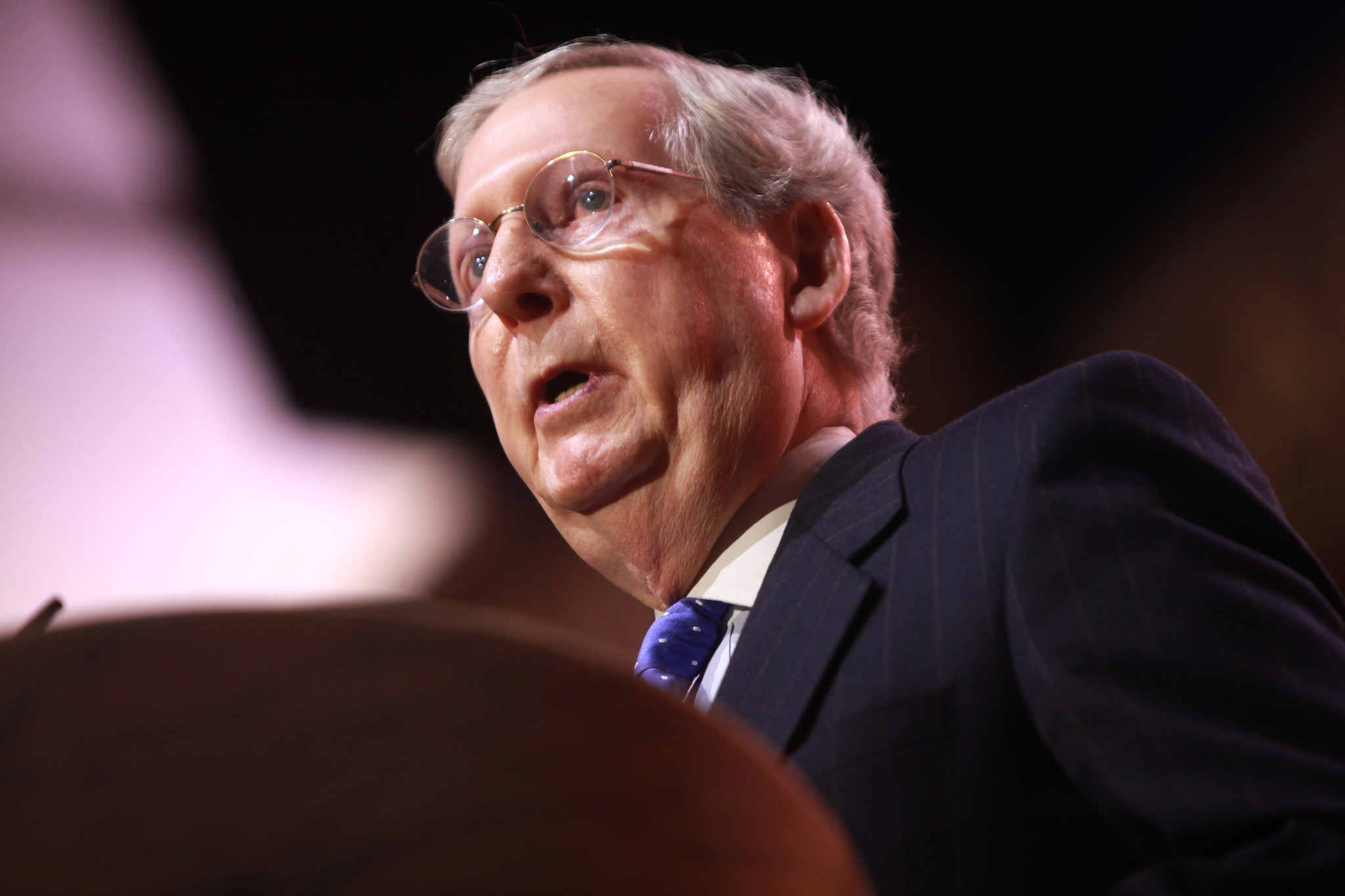President Biden’s 100% by 2035 Clean Electricity Standard is picking up steam. Since Biden included a CES in his American Jobs Plan proposal more than 150 organizations across the climate movement have called for swift action to pass it, and even a group of the power companies that would be most impacted by a CES urged the administration to enact a strong federal standard.
But one important hurdle still stands between America and a 100% clean power grid: The U.S. Senate. More specifically, the Senate’s antiquated filibuster rules that require a 60-vote supermajority to advance legislation.
Mitch McConnell and his obstructionist caucus have shown us that they won’t hesitate to abuse the filibuster to block climate progress. Earlier this week McConnell said he is “100% focused” on stopping President Biden’s agenda. But luckily there’s a way to pass a 2035 CES with just a simple majority in the Senate: Budget Reconciliation. In fact, passing a federal CES through reconciliation is not only possible, it may be our best option to bypass partisan obstruction and deliver the clean energy economic recovery that we need.
Senate Republicans have offered only unserious “infrastructure” proposals that completely ignore the climate crisis. Not only that, their proposal would result in less, not more, funding for critical needs like public transit. Democrats can pass a popular and bold infrastructure agenda that will deliver the clean energy economic recovery that Joe Biden ran and won on — and a 100% by 2035 CES is central in that agenda. A federal CES will create millions of jobs and put money back in consumer’s pockets, all while putting us on the path to dramatically decrease our nation’s carbon and criteria air pollution and meet our international commitments on climate change. Now, Democrats can’t allow bad faith Republican obstruction to stand in their way.
Earlier this year, Evergreen and Data For Progress laid out the pathway for Congress to deliver a 100% CES to President Biden’s desk using budget reconciliation. As Congressional Democrats prepare to advance President Biden’s infrastructure and economic recovery agenda, here’s a refresher on how they can override obstruction and deliver the climate agenda that the American people voted for.
